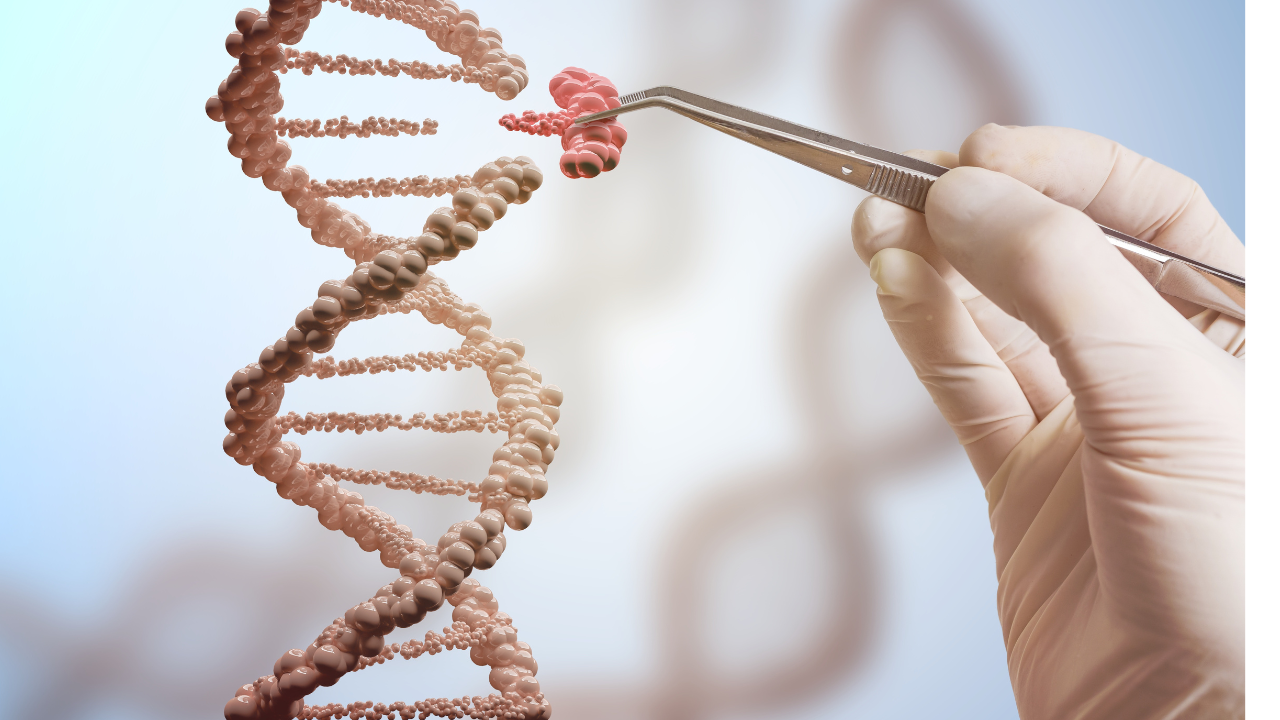The Bottlenecks Blocking Cell and Gene Therapy
Jason Foster, CEO of Ori Biotech, discusses the difficulties preventing more widespread adoption of these advanced therapies.
Stock.adobe.com

The development of cell and gene therapies could be considered one of the most important developments in the pharma industry. However, while these treatments have shown the capability to be highly effective, there are still a significant number of hurdles keeping them from becoming more widespread.
Jason Foster, CEO of Ori Biotech, spoke with Endpoints News founder Arsalan Arif at the JP Morgan Healthcare Conference in San Francisco, which was held from January 13-16 this year. During the conversation, Arif asked Foster about Ori’s patient tracker, which keeps a count of the number of patients treated with CAR T therapies. According to this tool, only about 30,000 patients have been commercially available cell therapy since they were first approved.
According to Foster, this is a major issue, as it shows that patients aren’t getting the care that they need.
“If we are approving products that can't get to patients, what are we really doing,” Foster asked. “That patient tracker is a constant reminder of what I consider to be the real benchmark, which is how many patients are getting successfully treated with cell therapies and really benefiting from the incredible clinical potential that these therapies have.”
This moved the conversation onto the specific bottlenecks blocking these therapies from more widespread use.
“Cell therapies generally have a very different supply chain than traditional small molecules of biologics,” Foster explained. “In a traditional world, they call them the first two pillars of medicine–small molecules and biologics. You create a lot of these and smash out a lot of tablets. You create huge maps of antibodies and then ship them out to the supply chain with the same product code for every patient. In this new world that we're in with cell therapy, you have autologous therapies, which means that they're targeted so they're personalized to a specific patient. That fundamentally has a different set of requirements and a different set of challenges than the large batch manufacturing we're used to as an industry. We've tried to apply the learnings from biologics to cell therapy. Some of them have helped, and others, I would argue, have harmed.”
The main difference between these therapies and traditional therapies is that they have a circular supply chain. Cells are harvested from the patient, which are then transported to a lab where the gene therapy is performed, and are then transported back to the patient. According to Foster, this creates significant logistical challenges.
“While the numbers are non-specific, we can estimate that between 30 to 40,000 patients have been treated thus far over the last seven years, across what's now eight products. That's a fantastic outcome for those patients. Unfortunately, hundreds of thousands of other patients haven't been treated. There’s a statistic that is quoted quite often–two out of 10 patients in the US who need therapy can get access. In the rest of the world, if you average it out, it's about one-in-10. The real challenges are figuring out how do we manufacture a living medicine for an individual patient and get the same product out of our GMP manufacturing process. Today, unfortunately, we rely on tools that are a decade old to try and do this.”
According to Foster, the goal is to eventually treat hundreds of thousands of patients a year. In order to do that, however, these bottlenecks must be solved for.